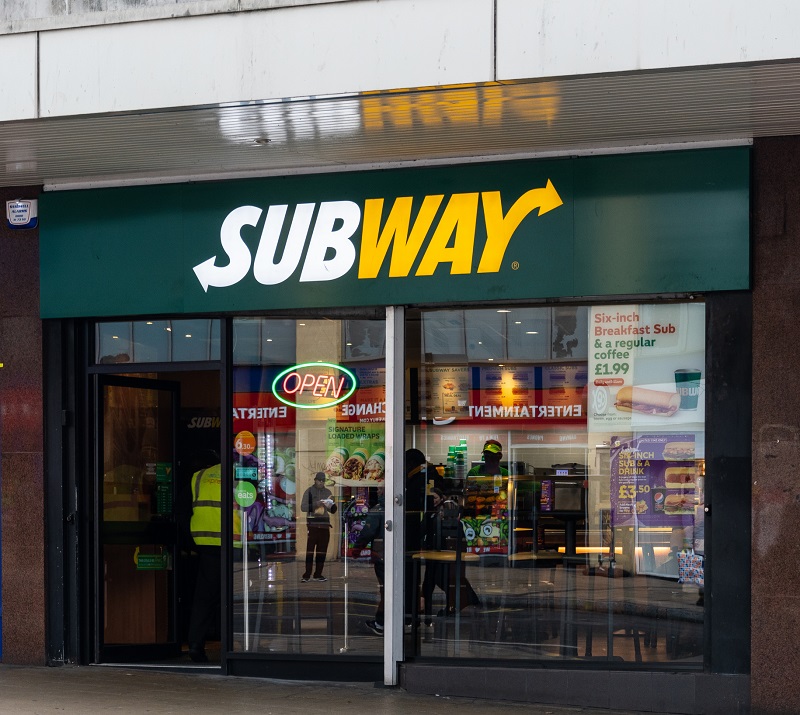It’s hard to grow a franchise system.
Selling franchises can be daunting at times. To try and cast a wider net, some franchise systems differentiate their business model to appeal to a broader range of investors. This means that they’ve created multiple ‘buildout’ options to offer investors. These buildouts, based on square footage as an example, can be two completely different investment ranges and attract two different types of investors.
Our most recent Facts & Figures: The Complication of Buildouts in FDDs details how buildout options in Item 7 are becoming more common among franchise systems. The data shows that in 2017, there are 299 franchise systems in our database with multiple buildouts. These 299 franchise systems offer 819 different franchise investment opportunities based on various Item 7 buildout options.
Most buildout variations are based on size of the location -The difference in square footage, whether there’s a drive-thru or non-traditional buildout like an inline location, within a mall or even kiosk. Each of these franchise systems now provide a range of investment options that gives the franchisor access to more investors and an ability to grow their brands in areas that were inaccessible to them in the past.
However, this is a newer trend within the industry and other disclosures within the FDD have not caught up to the Item 7 buildout differentiation.
Most notably is Item 20 data. On average, only 13% of franchise systems with multiple Item 7 buildouts disclose Item 20 outlets of each buildout separately. This poses some challenges for prospective franchisees. They need to consider which buildout is growing and in what states? What’s the better option if they can afford either buildout?
Franchisors have not adapted their Item 19 presentations to adjust to their various buildout options either. This creates some risks for these franchisors as the average gross sales or median quartiles disclosed in an Item 19 could seem lower than competitors if there is a larger portion of non-traditional or footprint locations contributing to the average sales data and reducing the overall average gross sales.
Multiple buildout options give a franchise system a larger investor pool and access to locations or markets otherwise unavailable. But offering these buildouts should come with better disclosures to ensure accurate representation of the investment. Differentiating Item 19 and 20 are key components to a proper disclosure.
It requires more work on behalf of the franchisor, but each buildout needs to be treated separately and independently of each other throughout the FDD. Those franchise systems that clearly present their buildouts and the variations in revenues and outlet growth will have an advantage in appealing to a larger investor pool.
Not sure how much can you afford?
Fill out our Franchise Affordability Calculator


Voyage Franchising
Related Articles
Open Your Own Independent Business or Buy a Franchise?
From the outset, you’ll have some obvious questions you’ll need to ask yourself before you can start formulating your own strategy to begin your venture.
New York Times Investigates Subway’s Abuse of Franchisees
New York Times investigation into the use of questionable practices by one its Franchise Development Agents that culminated in the agent acquiring two of a franchisees Subway stores.
The Fall of A Giant – Are Subway’s Healthiest Days Behind Them?
Not even a decade ago, Subway was the champion of healthy eating. In fact, they were the largest fast food chain in the world.
What Sub-Franchising Really Means
Sub-franchising is frequently confused with other franchise models, including area developers, master franchisors, regional developers.
Maximize Market Penetration and Branding with Multi-Unit Franchisees
Multi-unit franchising grows in popularity, in the Quick Serve Restaurant sector, this model continues to expand into other franchise sectors in popularity.
The Top 10 Franchise Grade Facts & Figures From 2017
Detailed studies on emerging franchise success rates, errors in Item 20 disclosure and sector performance, Franchise Grade’s reports help you.
A Road Block to Franchise Growth is Right Under Your Nose
New franchise growth is the top priority for emerging franchise brands. Many of these franchises have an obstacle on the road to more franchise locations.








